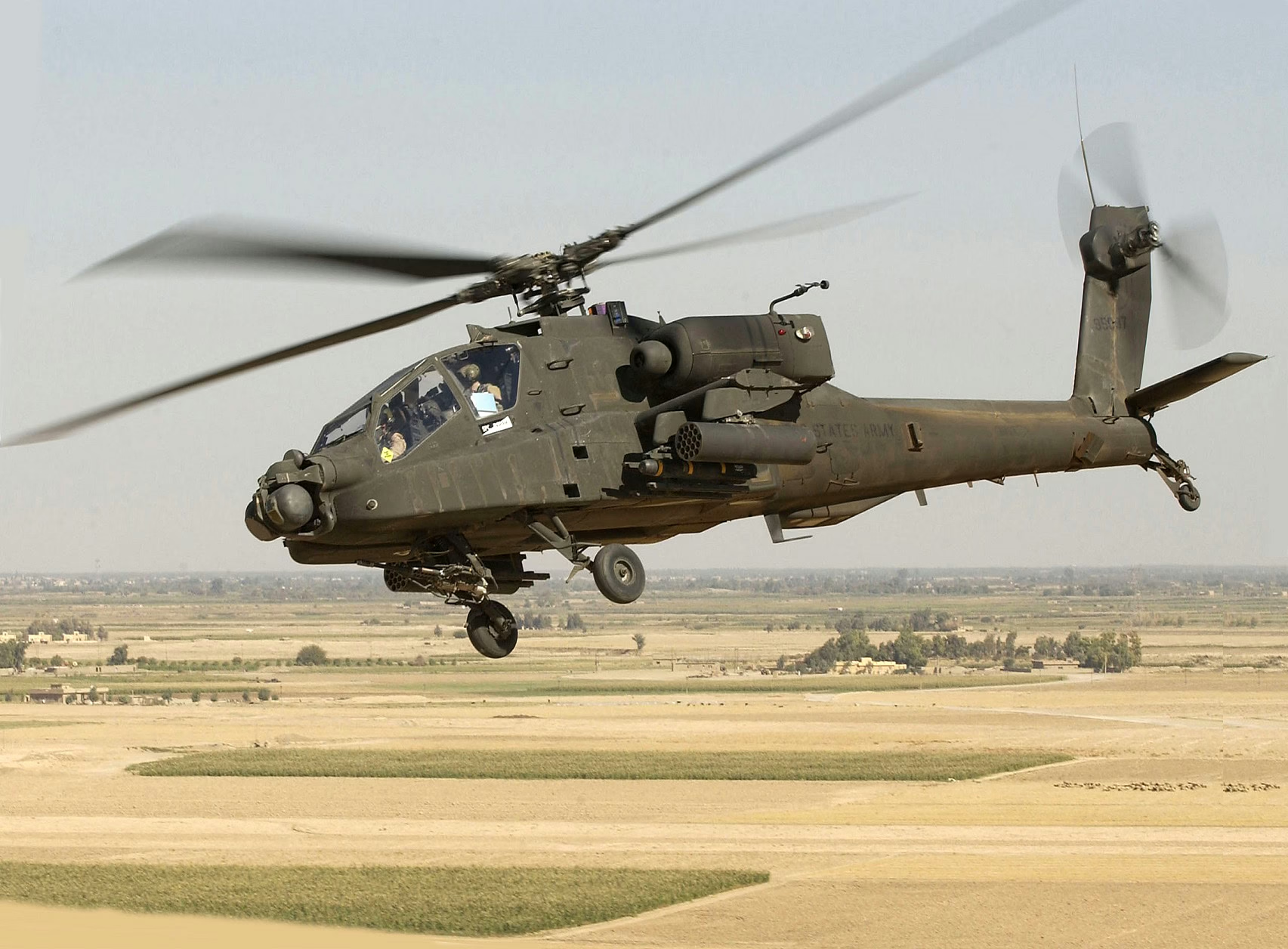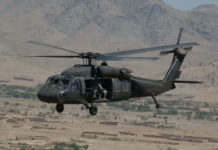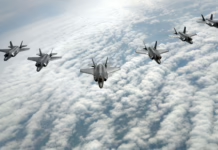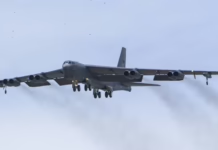Boeing is preparing the venerable AH-64 Apache attack helicopter for another 50 years of service with advanced weapons systems, air-launched drones, and automation features as the U.S. Army plans to operate the aircraft into the 2060s.
Nearly five decades after the Hughes YAH-64 prototype first lifted off in September 1975 from Palomar, California, Boeing is developing the latest AH-64E configuration known as Version 6.5, which will offer improved lethality, survivability, connectivity, and navigation capabilities.
The modernization effort comes as the U.S. Army announced earlier this year it will retire older AH-64D models and operate only the newer E-model Apaches under the Army Transformation Initiative. The goal is to replace aircraft the Pentagon describes as “outdated” with modern platforms supplemented by “inexpensive drone swarms capable of overwhelming adversaries.”
“Our army must transform now to a leaner, more lethal force by infusing technology, cutting obsolete systems, and reducing overhead to defeat any adversary on an ever-changing battlefield,” Army Chief of Staff General Randy George and Army Secretary Daniel Driscoll said in a May joint memo.
Advanced Automation and Drone Integration
The Version 6.5 upgrade includes the Active Parallel Actuation System (APAS), which helps automate cockpit tasks and prevent operator errors. New software and touchscreen displays will enable integration of what the Army calls “launched effects” — small uncrewed aerial systems providing long-range strike and reconnaissance capabilities.
These systems will allow attack platforms like the Apache to survive the increasingly hazardous “air littoral” above modern battlefields.
“We’re seeing the Apache really go back to its core mission of attack,” says Christina Upah, Boeing’s vice-president of attack helicopter programmes.
Strong International Demand Drives Production
International customers are fueling robust demand for new and remanufactured aircraft. The United Kingdom took delivery of its 50th and final AH-64E in March, while Australia is set to receive an initial tranche of four Apaches later this year. Poland has finalized plans for a massive purchase of 94 aircraft.
“Our platforms are in high demand,” says Kathleen Jolivette, vice-president of Boeing’s vertical lift division. “We’re excited about that.”
Boeing currently operates under a $3.7 billion multi-year contract with the Pentagon to deliver remanufactured AH-64Es for the U.S. Army and allies through 2027 or 2028. The deal sustains Boeing’s Apache production line in Mesa, Arizona.
Fleet Transformation and Remanufacturing Options
Only around 90 of the U.S.’s 839 Apache helicopters are the older D-models, meaning the bulk of the current fleet will continue serving. The fate of retiring AH-64Ds remains under discussion, with options including foreign military sales leases or remanufacturing to E-model standards.
“There are international countries that would like to have them,” says Mark Ballew, director of business development for Boeing vertical lift.
Boeing has delivered remanufactured AH-64Es to the U.S. Army since 2011 through a process that strips thousands of components from each aircraft for refurbishment before installation on new AH-64E fuselages.
“We’ve seen parts that were designed, as well as produced in the ’80s, that are coming back onto the aircraft and being reused,” Upah says.
According to a 2023 Pentagon review, E-model Apaches offer “significant” tactical advantages over the older D-version, particularly the mast-mounted Longbow fire control radar, improved main rotor system, and network-centric digital communications.
Future Testing and Capabilities
Boeing plans to begin testing launched effects for integration with the AH-64E, with a test shot planned for 2026. Other capabilities under development include directed energy weapons and long-range munitions such as the Lockheed Martin-Rafael Spike NLOS missile.
The company sees robust international demand that will likely extend production into the early 2030s, giving the Army flexibility in future procurement decisions.
“If the army decides that they would like additional remanufactured aircraft, then we would work with them on those contracts,” Upah adds.
Since entering service in 1984, the Apache has accumulated more than 5 million flight hours, including 1.3 million in combat operations.

Key Takeaways
- Boeing is modernizing the 50-year-old Apache design for another half-century of service through 2060s.
- New Version 6.5 configuration will feature drone integration, automation systems, and advanced weapons.
- U.S. Army is retiring older D-models while maintaining 839-aircraft fleet of newer E-models.
- Strong international demand from UK, Australia, and Poland drives $3.7 billion production contract through 2028.
- Advanced testing planned for 2026 includes launched effects and directed energy weapons integration.








